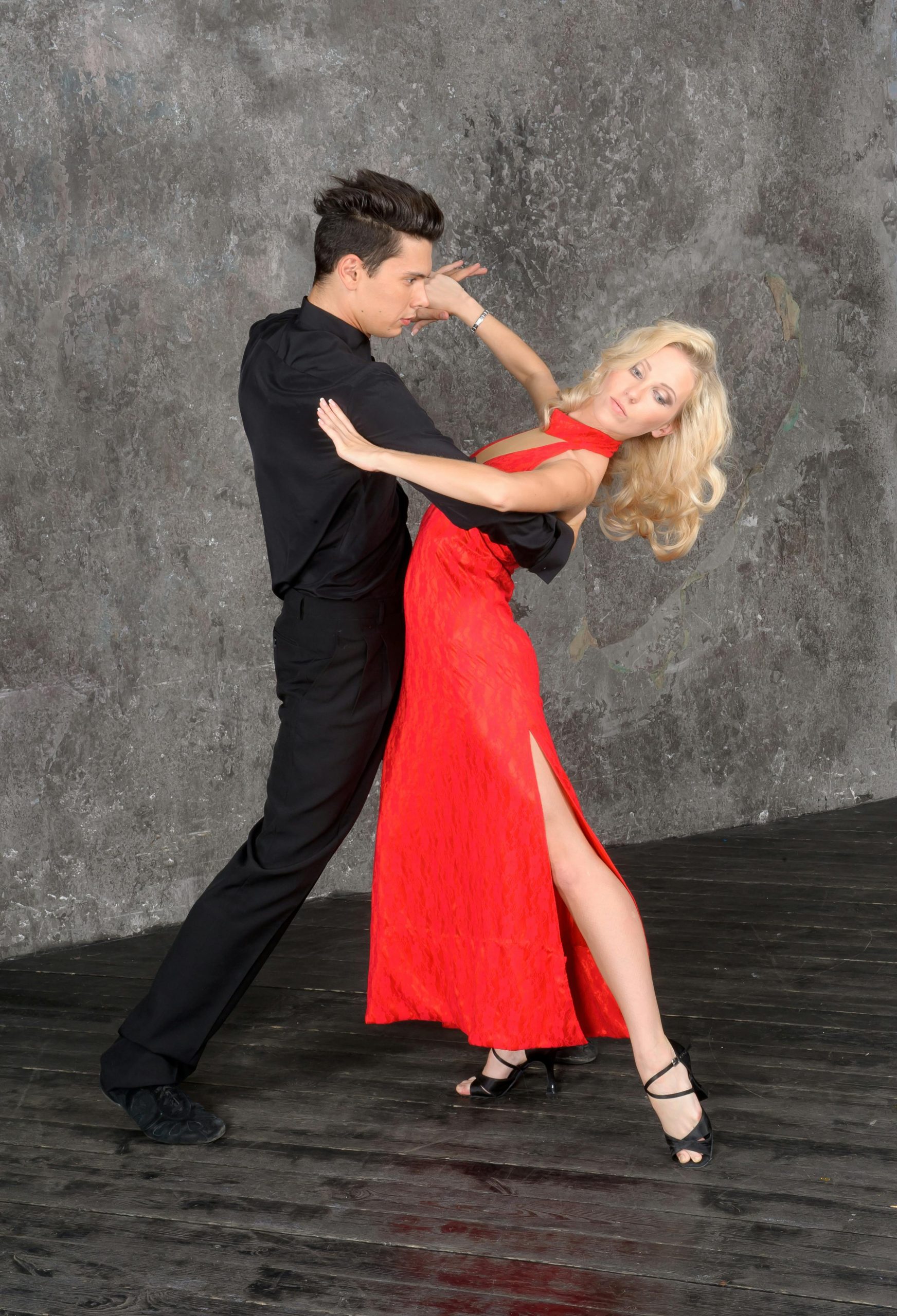Introduction
In contemporary dance, fashion does much more than meet the eye. It serves as a dynamic partner to the dancers, enhancing their movements and emoting the subtle nuances of their performances. As contemporary dance evolves, so too does its fashion, pushing boundaries and challenging conventions with every fluid motion.


Fashion as a Performative Element
Firstly, the role of fashion in contemporary dance extends beyond aesthetics. Meticulously designed costumes complement the choreography, acting as an extension of the dancers’ bodies. Meticulously designed costumes complement the choreography, acting as an extension of the dancers’ bodies.
Enhancing Movement and Emotion
Moreover, the choice of fabric and design is crucial in expressing the themes and emotions of the performance. Designers often choose lightweight fabrics like silk and chiffon for their flow and ability to catch air, symbolizing themes like freedom or delicacy. Conversely, heavier materials can convey struggle or intensity, adding depth to the dancers’ expressions.
Trends and Innovations
Additionally, contemporary dance costumes reflect current fashion trends while also pushing innovative boundaries. Designers experiment with cutting-edge materials, such as stretchable electronics or LED-infused fabrics, to add visual impact and support the narrative of the dance. These elements showcase how dancewear can be both functional and futuristic, integrating technology in ways that redefine what fashion in movement can achieve.
Cultural Expressions
Fashion in contemporary dance also embraces cultural influences, incorporating traditional garments or motifs into modern designs. This fusion not only enriches the performance but also celebrates diversity and heritage, making each piece a statement of cultural pride and innovation.
Sustainability in the Spotlight
The shift towards sustainability is also reflected in the dance world. Costume designers are increasingly turning to eco-friendly fabrics and responsible manufacturing processes to minimize their environmental footprint. This movement aligns with broader initiatives across the fashion industry to promote sustainability.
Conclusion
Fashion in contemporary dance is as integral as the choreography itself. It amplifies the impact of performances, enriches artistic expression, and continuously evolves to incorporate new technologies and cultural narratives. As contemporary dance moves forward, its fashion dances right alongside, ever-dynamic and deeply intertwined with the art form itself.
Explore the fluid world of contemporary dance fashion, where each garment is not just worn but performed, playing a pivotal role in the visual and emotional experience of dance.

